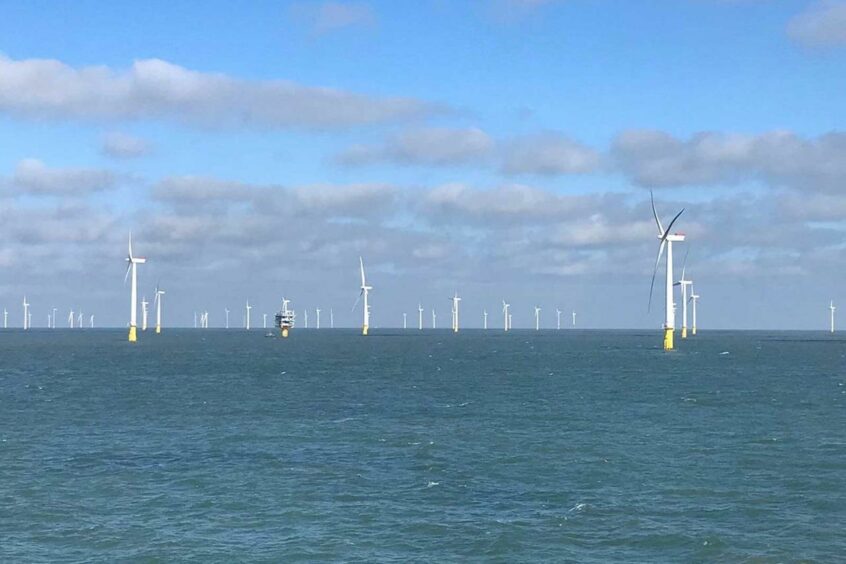
Danish wind developer Ørsted has sold its remaining stake in the London Array offshore wind scheme off the Kent coast.
Ørsted (CPH:ORSTED) announced on Monday that it had signed an agreement with asset manager Schroders Greencoat to divest its remaining 25% minority stake in the wind farm, in a deal worth £717 million.
The transaction is expected to close at the end of July.
Located in the Thames Estuary, London Array has a total installed capacity of 630MW and entered commercial operation in 2013. A landmark development in the sector, it was the largest such project in the world until it was overtaken in 2018 by the 659MW Walney Extension.
Ørsted originally owned 50% of the project and divested an initial 25% to Quebec’s CDPQ in 2014.
The group’s exit leaves the roster of shareholders comprised of RWE (30%), Masdar (20%), CDPQ (25%) and now Shroders Greencoat (25%).
Ørsted confirmed it does not hold the operations and maintenance (O&M) responsibility at the scheme given its minority interest, and said it considered the asset “non-strategic” in its market filing.
Ørsted CFO Daniel Lerup commented: “We’re very pleased to have found a strong new owner for our remaining minority interest in London Array.
“We continue to see significant appetite for offshore wind as an asset class, and with this divestment, we continue our unrivalled track record of efficiently recycling capital to help fund our DKK475 billion investment programme towards 2030.
“Ørsted remains committed to the UK offshore wind market and will continue to make significant investments in the country’s green transformation both onshore- and offshore.”
The group reiterated that it remains “the largest player” in UK offshore wind, with more than 5 GW of capacity in operation.
Its development pipeline includes the 2.8 GW Hornsea 3 – the world’s single largest offshore wind farm – and the Hornsea 4 project which received consent in mid-July.
However, it has said the recent Electricity Generators Levy imposed by the UK Government, mean construction and financing for the former scheme are no longer viable on previously-agreed terms.
The warning comes as a number of potential offshore wind projects around the world set to make key FIDs this year are looking at risk.
Recommended for you
